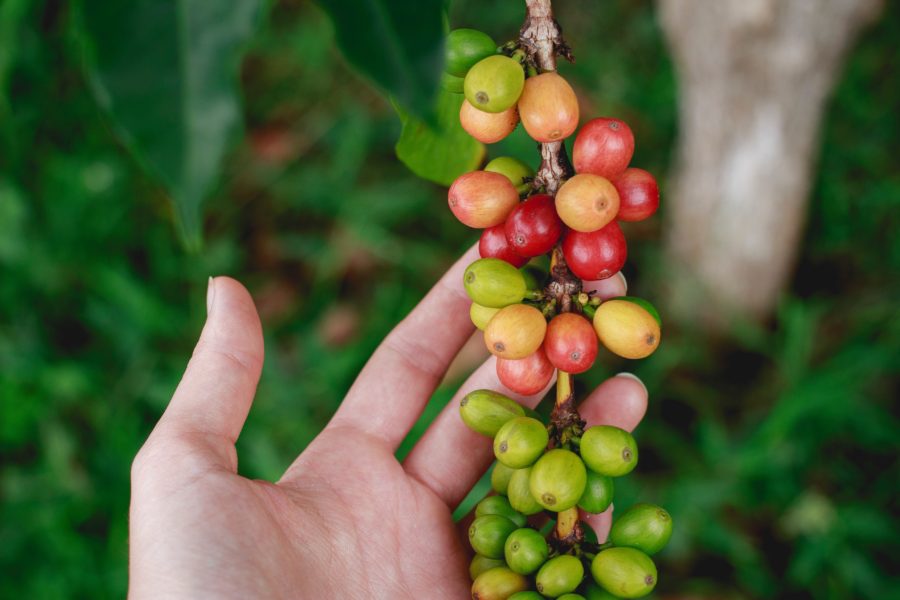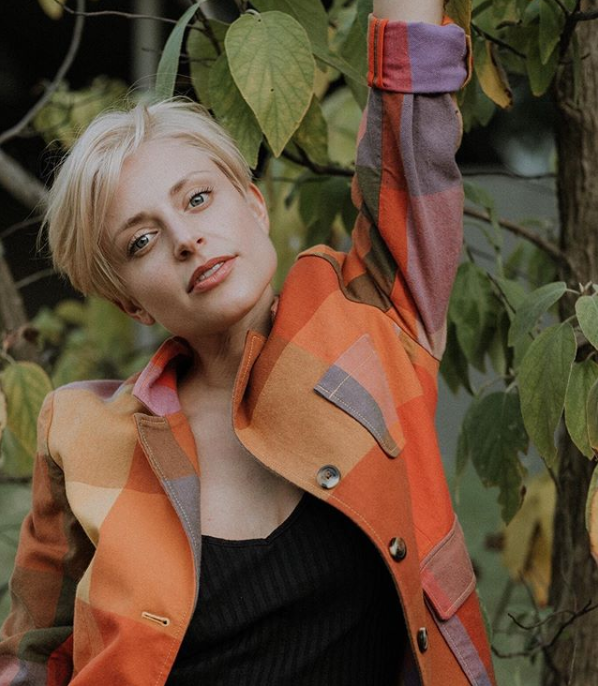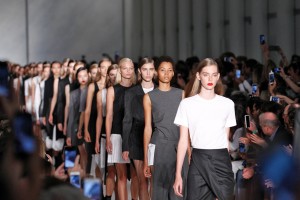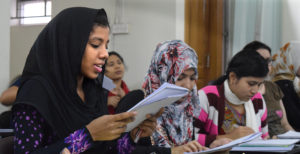I’m three days into my new role at Fair Trade USA and starting to unpack the issues in coffee like I have for clothes. Revealing who made them, how they were treated, and the impact they made on the planet getting to you.
While I haven’t scratched the surface (or sipped enough ethical brew), I still want to pause and share the tidbits I have learned. Every day I’m working with people embedded in the supply chain. My colleagues are the ones conducting research and implementing standards so farms can be certified on the ground. I’m in the process of reading A LOT so I don’t go cross-eyed when I meet with them and so I can understand the rigorous work it takes to effect social change.
Coffee is everywhere, from your local Starbucks to the office canteen. Your office may even use a supplier like this office coffee Denver service to provide all of your coffee beans and machines, showing just how obsessed we are with coffee as a nation. With Americans drinking about 150 billion cups of coffee per year, it’s important to know where our coffee is coming from.

So far, the central theme in unpacking a bean seems to be the misunderstanding around the models of production and the “ethical” labels on packaging. Conventional, fair trade (or other certifiers), direct trade. What’s a buyer to do?
Allow me to help you cut through the Orwellian mumbo-jumbo and pick a brew aligned to you.
Please, consider these facts before you sport your next foam mustache:
- There’s a master governing coffee body called the ICE that sets the price for coffee futures, the “C” price. The price fluctuates due to complex factors like S/D and climate conditions. Currently, it’s down a LOT.
- The “C” price does not pay farmers and producers across the supply chain a living wage.
- Starting in 1962, world players signed an International Coffee Agreement (ICA) to stabilize global prices and encourage equitable trade between producer (typically Global South) and buyer countries (typically Global North).
- Post-Cold War, when deregulation became the norm (esp in the US) buying countries exploited the agreement and smallholders and indigenous producers (the majority of production is in Ghana and Côte d’Ivoire) were underpaid.
- The latest agreement doesn’t have as much regulatory clout and, even more tragic, the US pulled out of it when DT took office. Boo.
- This is where labeling and certifiers come in, to provide consumer assurance. But they’re not well understood.
Fair trade models
These aim to set a price floor to protect workers against fluctuations in the C price. Some models, like Fair Trade USA (FD – I work for them), go further by setting up Community Development Funds that enable producers to earn additional wages and set up democratically elected bodies to vote on how they use them. Fair trade is good because it leaves an audit trail and is backed up by credible standards. The model is criticized for being bureaucratic and not going far enough to raise workers out of poverty (which is still prevalent).
Direct trade models
This is what your hip barista in flannel is probably brewing. It claims to cut out the middle man and go directly to the source. When direct trade works, roasters argue, they’re able to provide even higher wages to workers. The model can be effective if it’s truly transparent and the roaster knows the complexities of the coffee industry.
But if they don’t, direct trade coffees can easily be mis-marketed as ethical. A well-indented roaster may pay 20-30% more for beans thinking it’s going to workers, but their importers pricing methods could impact this. For instance, the roaster must understand the differences between Freight on Board (FOB) and farmgate pricing and ask specific questions about the breakdown of their pay across the value-added chain to ensure it gets to farmers. So the direct trade model *may* go further in compensating farmers but there’s no way to guarantee it, like with fair trade.
Other certifiers
Like Rainforest Alliance/UTZ are similar to fair trade but they don’t go as deep with their certifications (they’re cheaper for brands to join). But they’re more focused on the environment if that’s important to you. Extra credit when you find a coffee that has both certifications!
Organic
This is a certification for a different post but it’s always good to have to ensure environmental protection. Just remember, however, that a small/family brand could be producing organic and not be able to afford the certification. Just do you due diligence and ask them.
And when it comes to conventional…just don’t.
For a deeper dive (I synthesized this), read Levi Rogers’ piece on Daily Coffee News “Unraveling the Mystery of Coffee Prices: One Roaster’s Journey.”
Search for Fair Trade Certified brands.
Photo styled by Kasi Martin / Shot by Janelle Whitehead (also a coffee connoisseur, ask her stuff!!)



